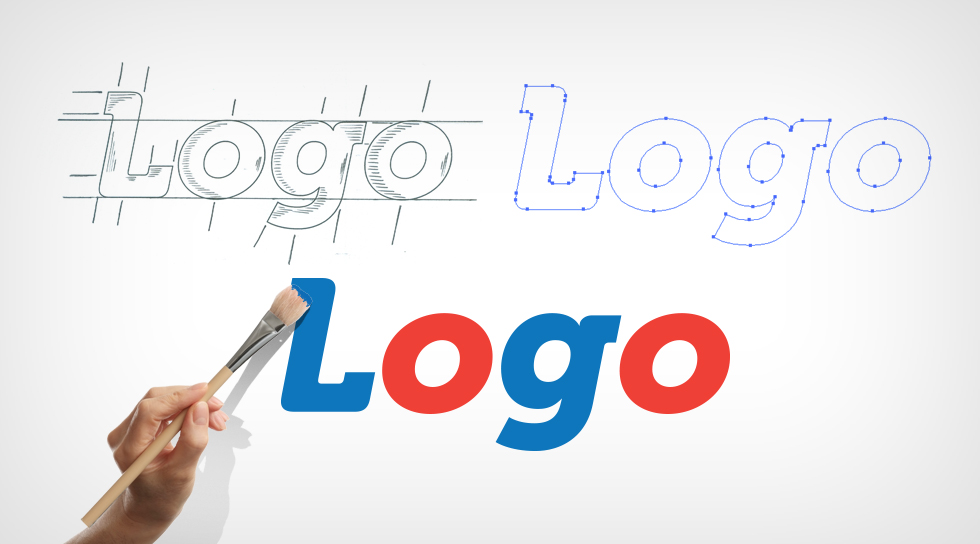In today’s digital world, having a business website is no longer optional—it’s essential. Whether you’re a small business owner, an entrepreneur, or a freelancer, your website is the digital face of your brand. But if you’re wondering, “how to make a business website?” or “are you asking yourself, ‘how do I create a website for my business?”, this guide is here to help. With expert insights, we’ll walk you through the process of building a professional, user-friendly, and effective website to elevate your business.
Why a Business Website Is Crucial
Before diving into how to make a business website, let’s first discuss why it’s so important. Your website serves as the online home for your brand. It’s where potential customers learn about your products, services, and values. It also provides credibility—people expect reputable businesses to have a solid online presence.
Without a website, you’re likely missing out on customers who search online for solutions that your business offers. So, let’s jump into the step-by-step process of how to create a website for my business.
Step 1: Define Your Website’s Purpose and Goals
Before building your website, it’s important to be clear about what you want to achieve. Ask yourself these key questions:
- What is the primary goal of your website?
- Do you want to drive online sales, collect leads, or provide information?
- Who is your target audience?
Understanding these goals will help you design your website in a way that meets your business objectives. So, when you think, “how to make a business website”, keep the end goals in mind.
Step 2: Choose a Domain Name
Your domain name is the web address people will type to reach your site. It should be simple, memorable, and reflect your brand. A good domain name is often the first step in figuring out how to create a website for my business.
Tips for Choosing a Domain Name:
- Keep it short and easy to spell.
- Avoid numbers and hyphens.
- Use keywords related to your business if possible.
Once you’ve chosen a name, use a domain registrar like GoDaddy or Namecheap to secure it. This step is crucial in the process of how to make a business website.
Step 3: Select a Website Building Platform
Now that you have a domain name, it’s time to select the platform where your site will live. There are many website-building tools available that make how to create a website for my business an easy task, even for beginners.
Here are a few popular options:
- WordPress: A flexible and widely used platform that offers thousands of themes and plugins.
- Wix: A drag-and-drop builder that’s perfect for beginners.
- Squarespace: A stylish option with beautiful templates, ideal for creatives.
Consider your needs and technical expertise when selecting your platform. Each of these builders can help you succeed in how to make a business website.
Step 4: Choose a Web Hosting Service
Your web hosting service will store your website’s data and ensure it’s accessible online. Without a reliable host, your website could be slow or experience downtime. Here are some common hosting providers:
- Bluehost
- SiteGround
- HostGator
When researching how to create a website for my business, web hosting should be a priority. Look for a service that offers strong uptime, good customer support, and scalability as your business grows.
Step 5: Design Your Website
Now comes the fun part—designing your site! The design should be aligned with your brand and easy for visitors to navigate. If you’re thinking “how to make a business website” look polished and professional, consider the following design elements:
- Simple Layout: Make it easy for visitors to find information.
- Responsive Design: Ensure your website looks great on mobile devices.
- Clear Call-to-Actions: Include buttons that prompt users to take action (e.g., “Shop Now” or “Contact Us”).
With website builders like WordPress and Wix, you can choose from hundreds of templates to get started. Just customize the colors, fonts, and images to match your brand.
Step 6: Add Key Pages to Your Website
Every business website needs a few essential pages that provide visitors with key information. As you explore how to create a website for my business, consider adding the following pages:
1. Homepage
This is the first impression visitors will have of your business. Include a clear headline, brief introduction, and a call-to-action that guides visitors toward your primary goal.
2. About Page
Tell your story! Explain who you are, what you do, and why your business matters.
3. Product/Service Page
Detail the products or services you offer. Use high-quality images and clear descriptions.
4. Contact Page
Make it easy for customers to reach you. Include a contact form, email, phone number, and physical address if applicable.
5. Blog (Optional)
A blog is a powerful tool for driving traffic and establishing your authority. If you’re asking yourself, “how to make a business website stand out?”, starting a blog can help you achieve that.
Step 7: Optimize Your Website for SEO
Search Engine Optimization (SEO) helps your website rank higher in search engine results, making it easier for potential customers to find you. Understanding SEO is crucial for those wondering how to create a website for my business that gets noticed.
Here are some basic SEO tips:
- Use Keywords: Incorporate relevant keywords like how to make a business website naturally throughout your site.
- Optimize Page Titles and Meta Descriptions: These should include keywords and accurately describe the content on each page.
- Improve Site Speed: A slow website can hurt your SEO rankings. Use tools like Google’s PageSpeed Insights to test and improve your site’s speed.
Step 8: Add Essential Business Tools
To manage your online business effectively, you’ll need to integrate the right tools. As you learn how to make a business website, make sure to include the following:
- E-commerce Capabilities: If you’re selling products, use platforms like WooCommerce or Shopify.
- Analytics Tools: Google Analytics helps you track visitor behavior and improve your site.
- Email Marketing Software: Tools like MailChimp or ConvertKit can help you build an email list and stay connected with your customers.
Step 9: Test and Launch Your Website
Before you officially launch your website, you’ll need to test it thoroughly. Go through every page and link to make sure everything is working properly. Double-check your mobile responsiveness and load times as well.
Once you’re confident in your site’s functionality, it’s time to launch! Spread the word to your audience through social media, email marketing, and any other channels that fit your strategy for how to create a website for my business.
Step 10: Maintain and Update Your Website Regularly
Building a website isn’t a one-time job. Regular updates are key to keeping your site fresh, secure, and relevant. Make sure to:
- Update Content: Keep your blog and other pages updated with new, valuable content.
- Perform Security Checks: Install plugins or tools that protect your site from hacks.
- Monitor Performance: Regularly check your site’s speed and optimize as needed.
By staying on top of these tasks, you’ll ensure your website remains a valuable asset for your business.
FAQs
Q: How do I make a business website if I have no technical skills?
A: You don’t need technical skills to make a business website. With easy-to-use website builders like Wix or Squarespace, you can create a professional site without any coding knowledge.
Q: How long does it take to create a business website?
A: The time it takes to create a website varies depending on its complexity. For a simple site, it could take a few hours to a few days. For a more detailed site with e-commerce features, it may take a week or more.
Q: Can I create a website for free?
A: Yes, many platforms offer free versions of their website builders. However, to unlock advanced features and remove ads, it’s usually best to opt for a paid plan.
Building a website is a significant step in establishing your online presence, and understanding how to make a business website can give your brand a competitive edge. With expert insights, the right tools, and a little creativity, you can create a website that effectively represents your business and helps you achieve your goals.







